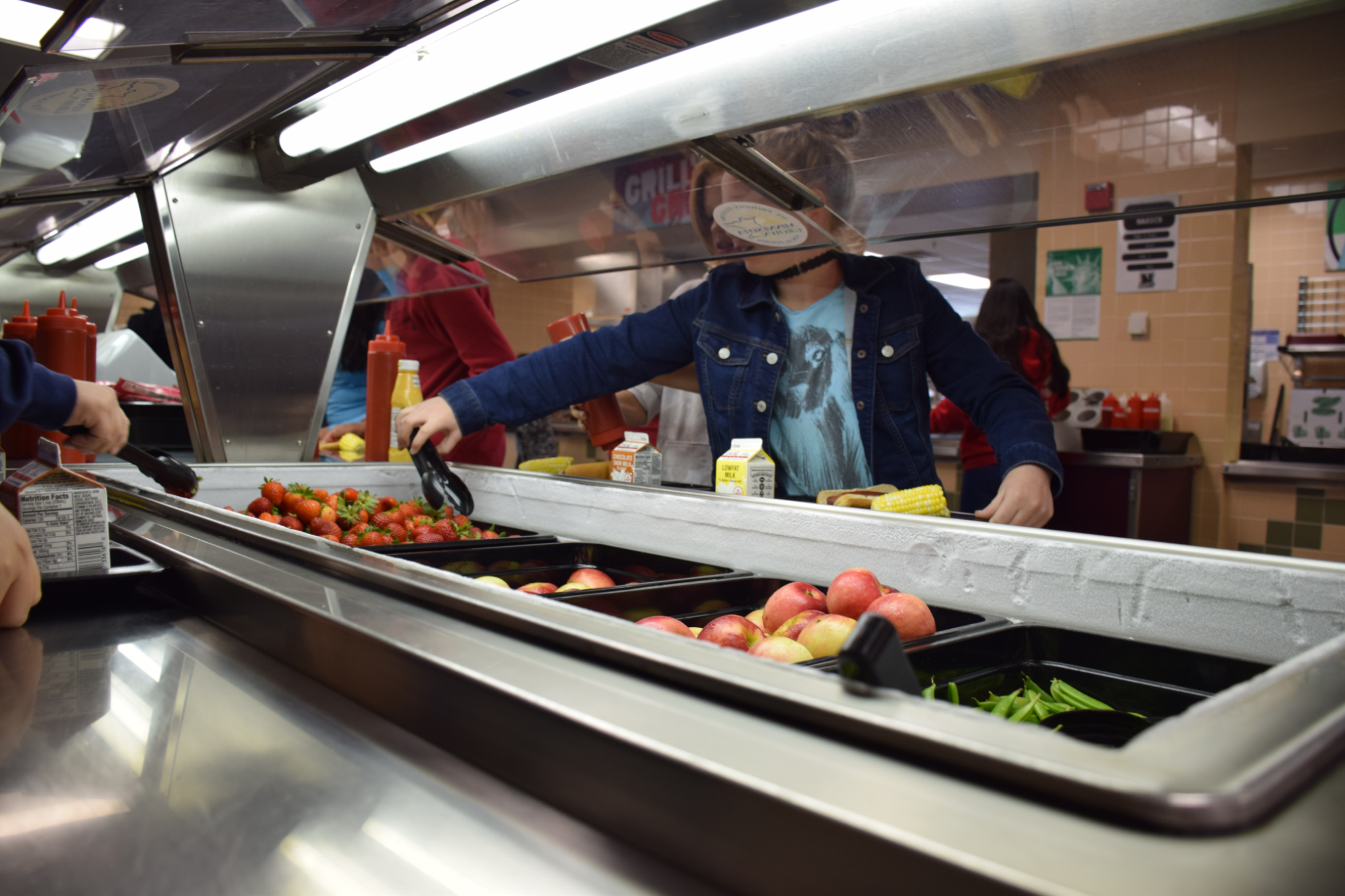We offer face-to-face training to school food service professionals on topics related to increasing participation in school breakfast, managing food allergens, lowering sodium, reducing waste, nudging students towards healthier choices, and more. All workshops are one hour and provide school food service staff with 1 CEU.
Browse the workshop topics and objectives below, or download a print-friendly flyer (PDF).
|
Objectives:
- Identify the benefits of school breakfast.
- Learn about the school breakfast service options.
- Explore the use of copycat foods in schools.
- Apply promotional strategies to increase school breakfast participation.
Objectives:
- Learn about behavioral economics and its influence on choice.
- Identify successful choice architecture strategies already happening in your lunchroom.
- Develop an action plan to incorporate additional nudging strategies into your lunchroom.
Objectives:
- Describe the health benefits of fruit and vegetable consumption.
- Gain a variety of ideas for including more nutrient-dense, tasty and appealing fruits and vegetables.
- Learn ways for structuring the cafeteria and serving line to “nudge” students toward healthier choices.
Objectives:
- Recognize the health implications of a high-sodium diet.
- Identify high amounts of sodium in some foods.
- Learn seasoning techniques for adding flavor to foods without salt.
Objectives:
- Explore risks of food allergens in school meals.
- Apply knowledge through reading food labels.
- Identify how to respond in an emergency.
- Discuss meal accommodations for students with food allergies.
Objectives:
- Recognize the role child/youth development plays in food choices and nutrition.
- Identify nutritional needs of students.
- Apply new knowledge to encourage students to make nutritious food choices.
For more information on training and cost, contact Kelly Kunkel at kunke003@umn.edu or (507) 381-3861.




